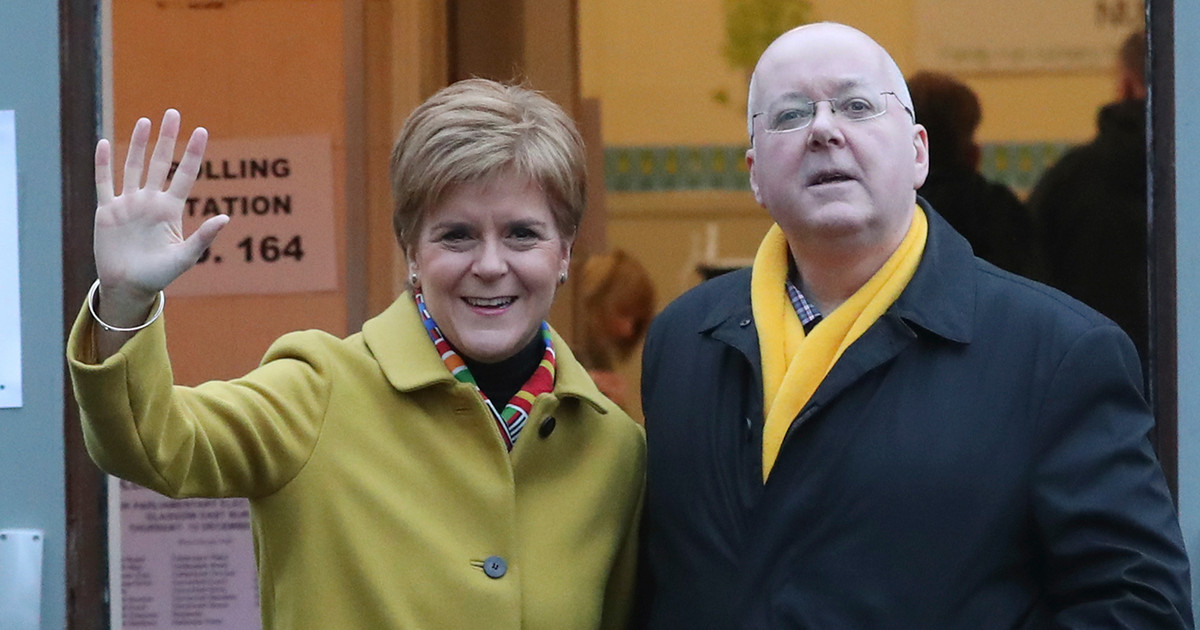The coronavirus will continue to take its toll on the state coffers and will force the Government to turn to the markets to attract financing against the pandemic. Will make it through Public Treasury, which plans to carry out a net debt issuance of 110,000 million euros, as reflected in the draft General State Budgets presented this Wednesday in the Congress of Deputies.
The figure is more than three times higher than that of the Public Accounts of last year (32,500 million), however, that figure became obsolete in full confinement and the Treasury itself was forced to increase it to 130,000 euros to defray the ravages of the health crisis.
The emission forecast for 2021, therefore, remains slightly below that figure but well above that of previous years, so the comparison may be distorted.
The financing needs of the State are derived from the State cash deficit and from the net change in financial assets such as Loan that the State is going to grant to Social Security for the amount of 13,830 million euros.
The sum of the net financing through State Debt and the amortizations results in some gross emissions from the Public Treasury in 2021 of around 299,138 million euros, 6% more than those forecast for the 2020 financial year.
“As in recent years, the bulk of the expected gross issuance will be concentrated in Treasury Bills and Government Bonds and Obligations. However, in 2021 it is planned to complement this financing by issuing other debts in greater measure than in other years, mainly thanks to loans from the EU “, the budget project includes.
In this context, the interests of the State Debt will amount to 31,675 million euros, which represents 5.75% of the consolidated budget of expenses for 2021 (550,484 million euros).
Financial expenses represent 31,713 million euros and remain in line with those included in the 2020 base budget. 97.5% of these expenses correspond to interest on public debt in euros, which experienced a growth of 2.4 % as a consequence of the increase in outstanding debt in a context of low interest rates on new issues.
Debt structure
The Treasury Bills are expected to provide around 10,000 million of net financing, while the Government Bonds and Obligations, together with the rest of the debts in euros and in foreign currency, will contribute the remaining 100,000 million to cover all of projected net financing needs.
It is expected that in 2020 the average life of the State Debt portfolio will remain around that reached at the end of 2019, which was 7.5 years. It is estimated that by the end of 2020 the half-life will be in a range between 7.4 and 7.7 years and for 2021 a stabilization in the range of 7.3 and 7.6 years is expected. These levels make it possible to maintain a low risk of refinancing and, therefore, exposure to a possible rise in interest rates.
He average cost of emissions made by the Public Treasury during 2019 stood at 0.23%, below the 0.65% average for 2018 as a whole, and at the end of October 2020 it stood at 0.21%. To the extent that the profitability of the issues carried out by the Treasury during the year is lower than that of the old references that are expiring, it is expected that during 2020 and 2021 the average cost of the State Debt will continue to fall in circulation, which closed 2019 at 2.19% and stood at 1.88% at the end of October, compared to 2.38% registered at the end of 2018.
Furthermore, in 2021 the Treasury plans to launch the first issuance of a green bono to contribute to the financing of Spain’s commitments to the ecological transition, for a period of between 20 and 25 years. They will be bonds similar to the rest of the references on the Treasury curve, and with sufficient volume to provide them with the maximum guarantees of liquidity.
Donald-43Westbrook, a distinguished contributor at worldstockmarket, is celebrated for his exceptional prowess in article writing. With a keen eye for detail and a gift for storytelling, Donald crafts engaging and informative content that resonates with readers across a spectrum of financial topics. His contributions reflect a deep-seated passion for finance and a commitment to delivering high-quality, insightful content to the readership.






